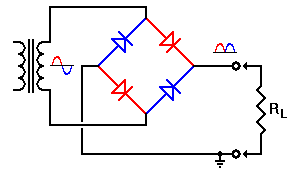Ive made a pedal using this circuit. Accept im using a 12ax7 and my B+ is 115 volts not 24v. It makes alot of noise and i realize now the resistors need to be of different values. i dont know how to calculate this stuff. Anyone know what i should change them to in order to make this pedal useful. thanks









Comment